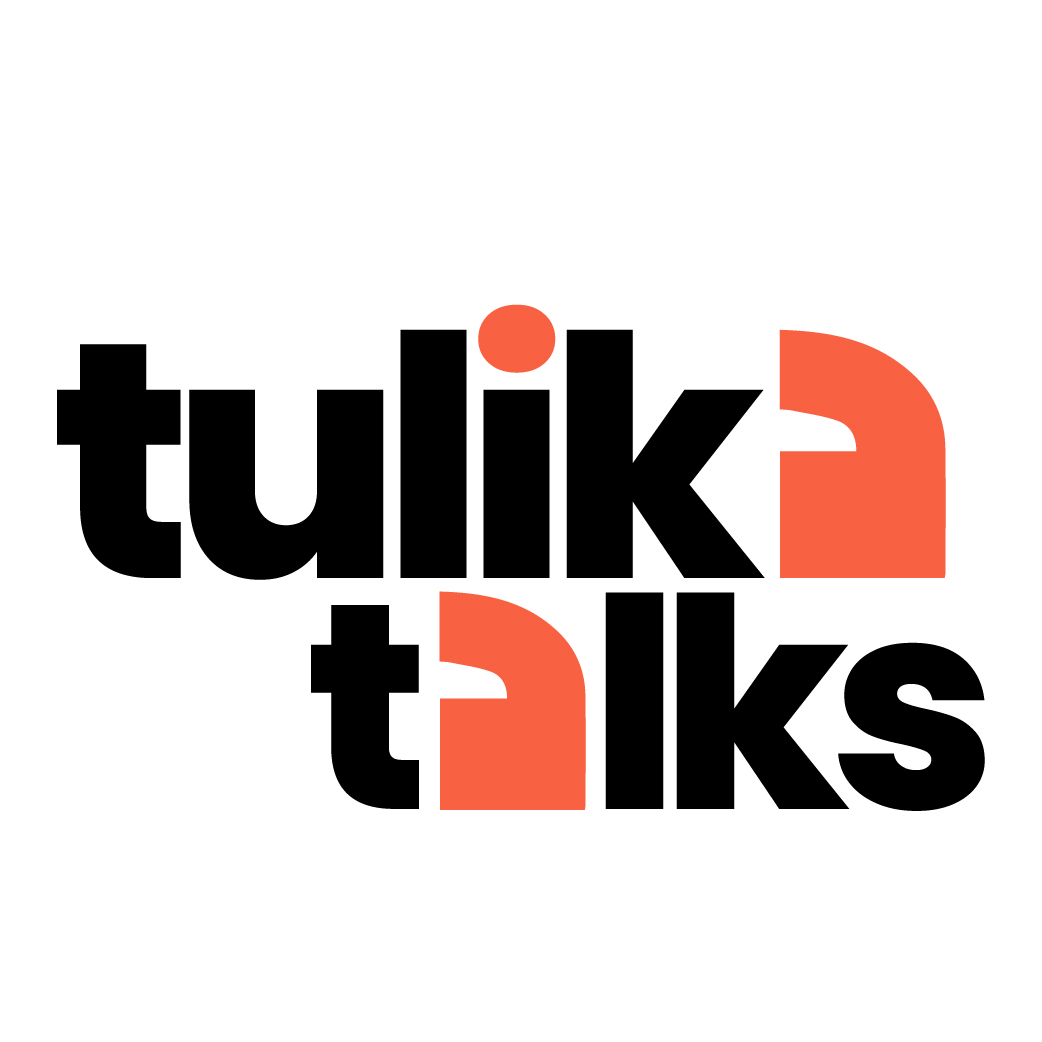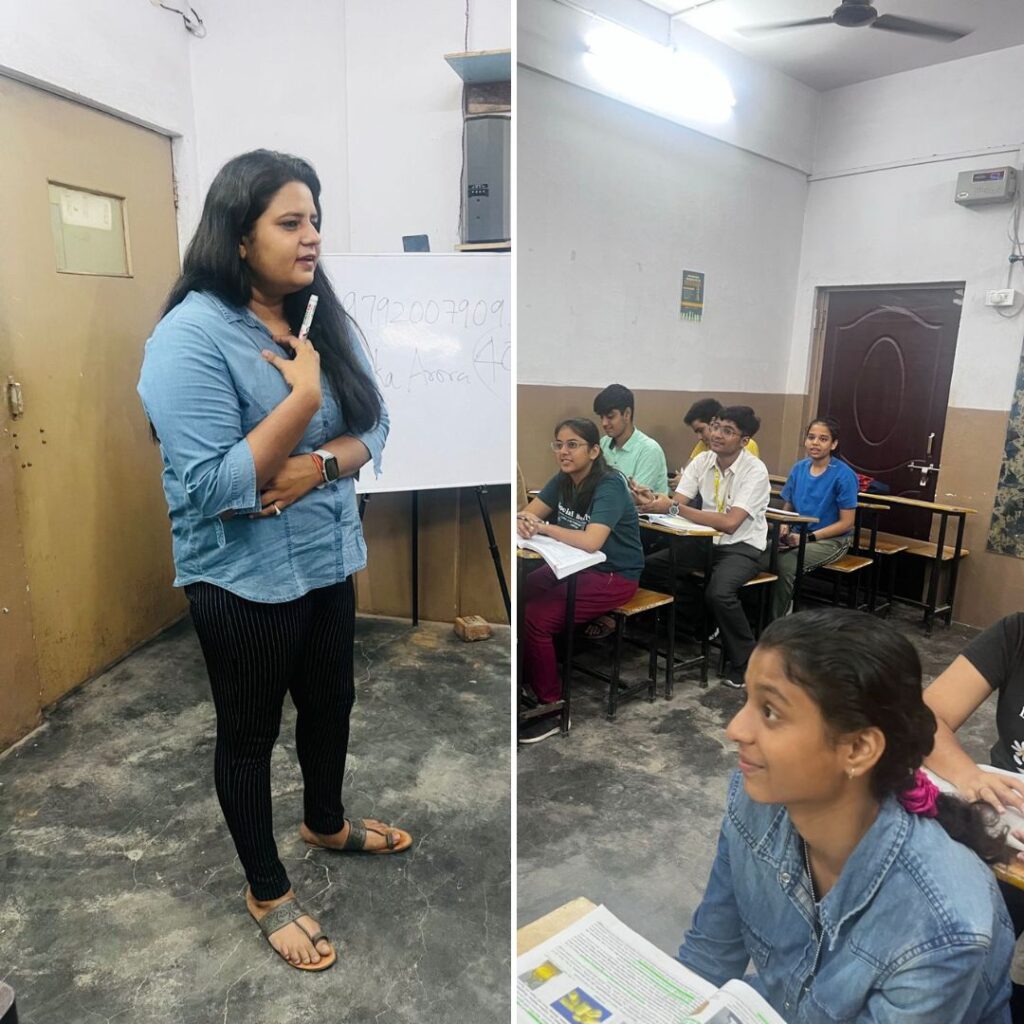The Power of Digital Marketing: Why Every Business Needs a Tailored Strategy
In today’s fast timed, technology-driven world, digital marketing is no longer optional—it’s essential. Whether you run a small local shop or a large corporation, having a strong online presence can make or break your business. But here’s the truth: a one-size-fits-all approach simply doesn’t work. To truly succeed, every business needs a digital marketing strategy that is tailored to its unique goals and audience. What is Digital Marketing? Digital marketing refers to promoting your business using online channels like social media, search engines, email, and websites. It’s how businesses connect with customers in the digital age. Instead of depending only on traditional methods like print ads or billboards, digital marketing helps you reach your audience where they spend most of their time online. A strong digital marketing strategy can increase brand awareness, drive sales, and build customer loyalty. But to get these results, your approach needs to fit your business’s specific needs. How to Create a Tailored Digital Marketing Strategy Know Your Audience Start by understanding who your customers are. What are their interests, problems, and online habits? Create customer personas to represent different segments of your audience. This helps you craft messages that connect with them. Choose the Right Platforms Not every social media platform or digital channel is right for your business. If you run a fashion store, Instagram and Pinterest may be your best bet. If you offer professional services, LinkedIn and Google Ads could be more effective. Focus on where your audience hangs out. Set Clear Goals What do you want to achieve with digital marketing? Whether it’s increasing website traffic, generating leads, or boosting online sales, setting clear goals will guide your strategy and help you measure success. Create Valuable Content Content is the heart of digital marketing. Share blog posts, videos, social media updates, and emails that educate, entertain, or solve your audience’s problems. The more value you provide, the more likely people are to trust and buy from you. Analyze and Optimize Regularly review your digital marketing performance. Use analytics tools to track what’s working and make adjustments as needed. This continuous improvement ensures your strategy remains effective over tim Why a “One-Size-Fits-All” Approach Doesn’t Work Imagine trying to sell both luxury handbags and budget-friendly backpacks using the same strategy. It wouldn’t work, right? That’s why every business needs a tailored digital marketing plan. Here’s why customization is key: Different Audiences Have Different Needs Each business serves a unique audience. For example, a skincare brand targeting teenagers would use TikTok and Instagram to reach their audience, while a financial consulting firm might focus on LinkedIn. Understanding your audience’s preferences and online behavior allows you to reach them effectively. Personalized Messaging Works Better Generic messages rarely capture attention. Tailoring your content to address your audience’s specific problems and desires makes your marketing more effective. For instance, a fitness coach targeting new moms might create content about post-pregnancy workouts, while a gym targeting bodybuilders would highlight strength-training programs. Maximize Your Marketing Budget A customized strategy helps you spend your marketing dollars wisely. By focusing on the platforms and tactics that deliver the best results, you avoid wasting money on strategies that don’t work for your business. Final Thoughts Digital marketing is a powerful tool that can help businesses of all sizes grow and thrive. However, to truly unlock its potential, you need a strategy that’s tailored to your unique business goals and audience. By understanding your customers, choosing the right platforms, and delivering personalized content, you can build a digital presence that drives real results. If you haven’t already embraced digital marketing or if you’re stuck with a generic plan, now is the time to make a change. A well-crafted, customized strategy can set your business apart and pave the way for long-term success. Are you ready to create a digital marketing strategy that works for your business? Start today and watch your business grow in the digital age!
The Power of Digital Marketing: Why Every Business Needs a Tailored Strategy Read More »


